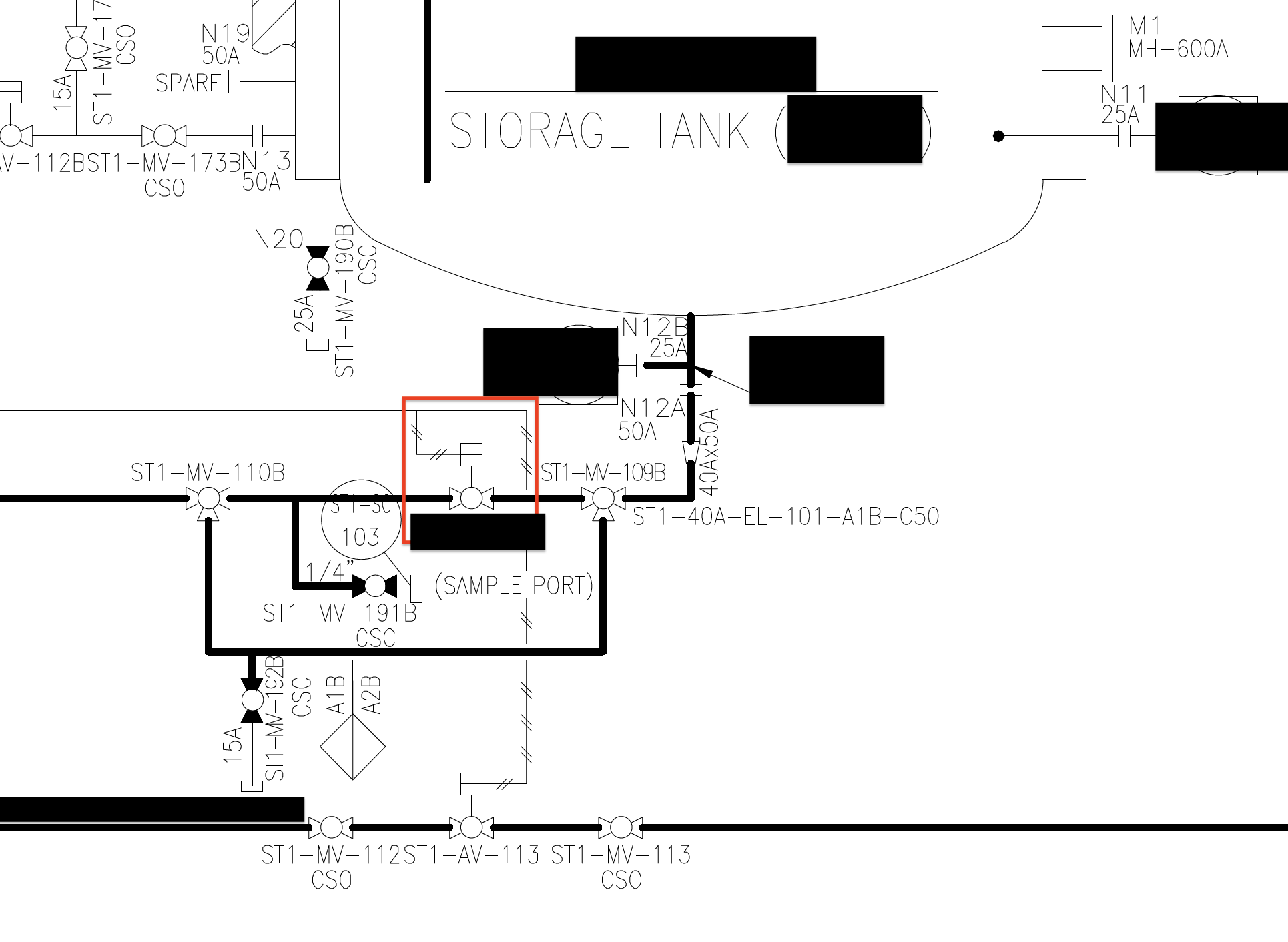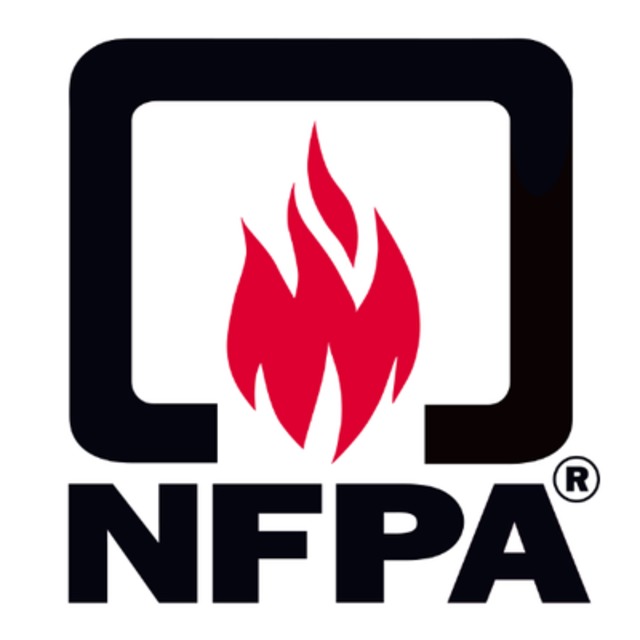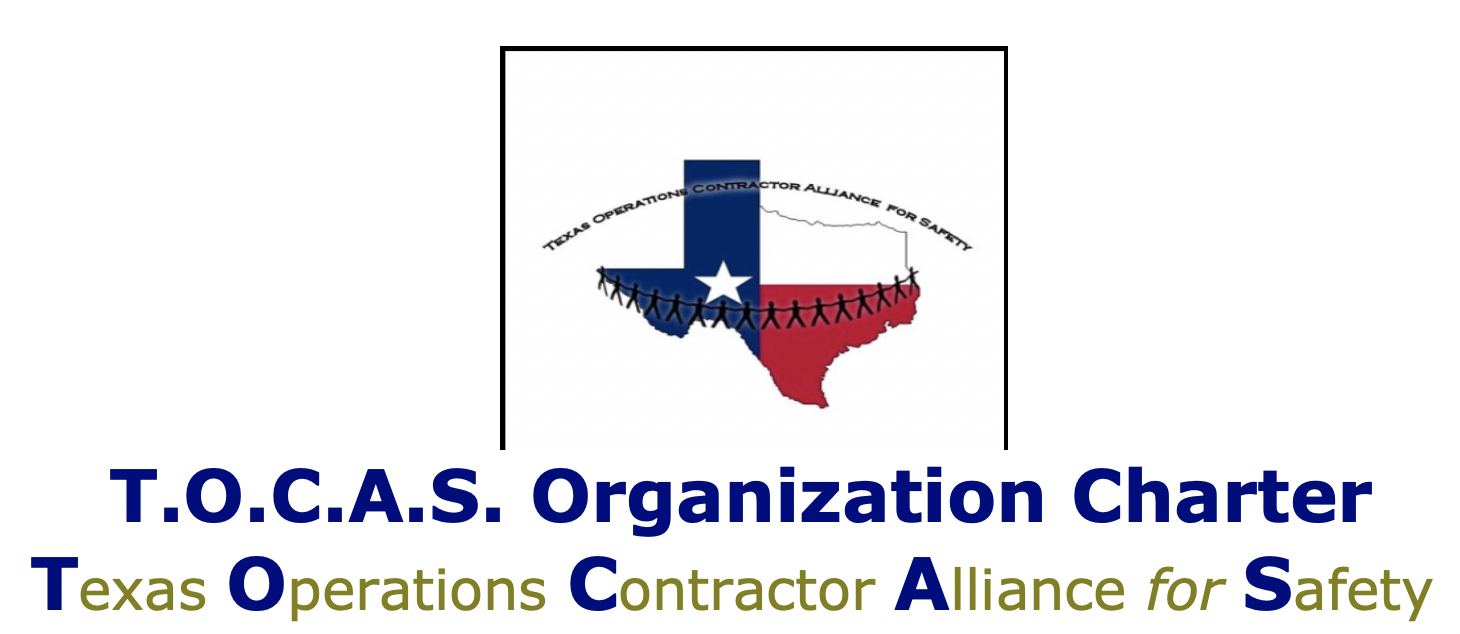 In almost every PHA I have done since 2000, we find safety critical valves or instrumentation with a built-in bypass around them. I understand the need for a bypass WHEN IT IS FOR MAINTENANCE of the device, but in no sane world do we put a bypass around a safety-critical device so that the process can run if that safety device fails in the CLOSED position. NO WAY IN H_LL will I accept that.
In almost every PHA I have done since 2000, we find safety critical valves or instrumentation with a built-in bypass around them. I understand the need for a bypass WHEN IT IS FOR MAINTENANCE of the device, but in no sane world do we put a bypass around a safety-critical device so that the process can run if that safety device fails in the CLOSED position. NO WAY IN H_LL will I accept that.
When we have these bypasses around safety-critical devices, we MUST have "Temporary Operating" procedures that explain how process safety will be maintained while the process train passes through the bypass and around a safety-critical device.
I always required a Temporary MOC, and/or I would car seal the bypass valves CLOSED, forcing the unit to document their DEVIATION to OPEN via the administrative control of the car seal program. However, we do it; we MUST inform everyone that the bypass around this safety-critical device has rendered that device useless, AND what we are doing to ensure process safety is NOT compromised.
NOTE: The image of the P&ID has been blacked out to protect the process's identity; the red box shows the "emergency shutdown valve" with the bypass built around it.
And yes, we removed an ENGINEERING CONTROL (e.g., the safety-critical device we relied on in our previous PHAs) from our protection scheme(s). We are replacing it with a layer of ADMINISTRATIVE CONTROLS, so our protection level has been weakened, meaning this increased risk can ONLY be acceptable for a specified period of time. The purpose of the Temp SOP and/or Temp MOC is to document these LAYERS of ADMINISTRATIVE CONTROLS so that everyone is aware of the requirements that must be in place to run using the bypass and the maximum period of time we can run like this.
Anyone who has dealt with this knows firsthand how "temporary changes" become permanent mistakes that will eventually come back to bite us.













